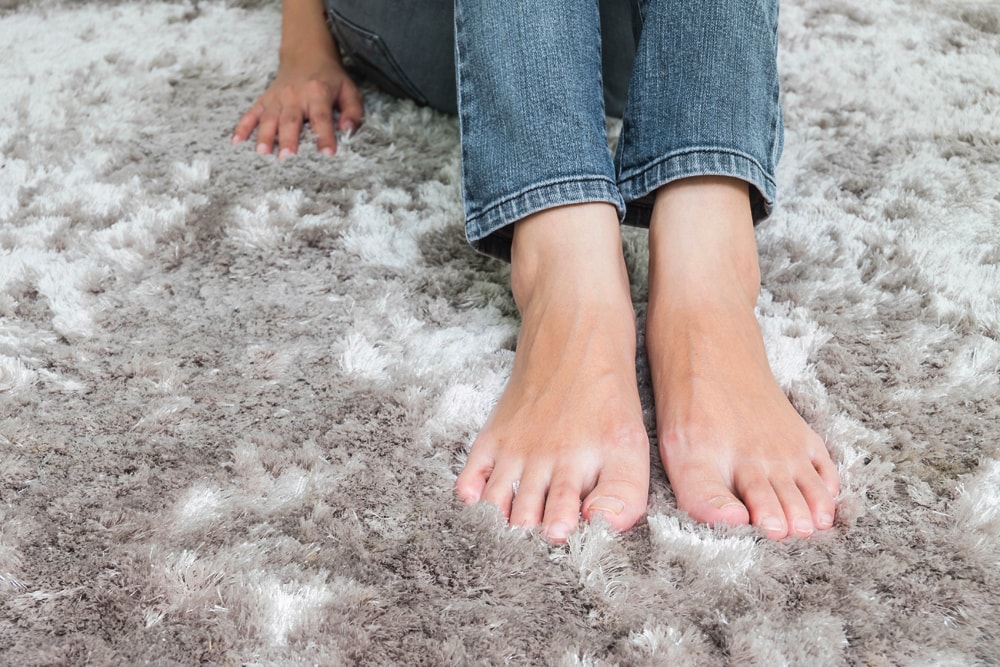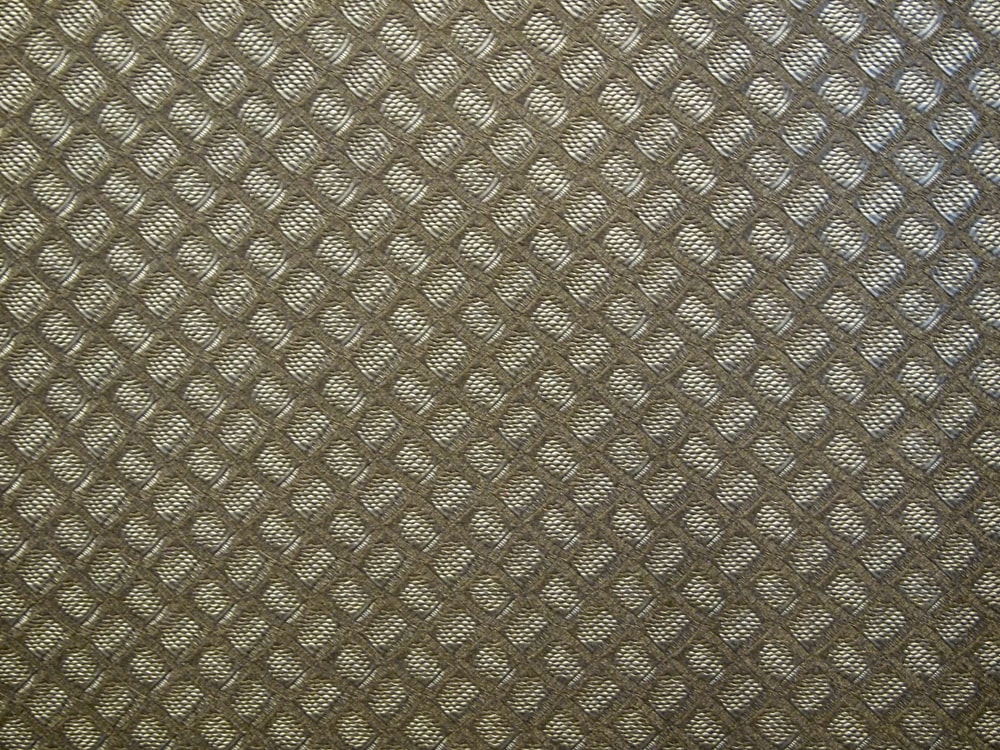
Carpets can be made up of many different materials, with each one having its unique qualities that make carpet care quite different from one material to another. Knowing the carpet’s fibre type is important, especially when you’re cleaning it for the first time to ensure you’re not damaging the carpet when cleaning.
A standard residential carpet typically falls into one of four main fibre categories and these are polyester, nylon, olefin, and wool. A commercial carpet, on the other hand, is mostly made from nylon though others are made of propylene or olefin.
Knowing which carpet material you’re working with has two major benefits. First, it gives you a better understanding of the carpet’s cleaning characteristics in terms of how easy (or difficult) it is to remove spots and stains. Second, knowing the fibre type will allow you to choose a cleaning product that’s most suitable for the carpet. This article will discuss how to identify your carpet’s fibre material to provide better overall carpet care.
Burn test
It may be a surprising concept, but doing a burn test is one of the best ways to identify a carpet’s material. This consists of removing a small piece of fibre from the carpet and using a lighter to burn it. Choose an inconspicuous area which to take a sample with — this could be in a corner, underneath the furniture, or in a low-traffic area. Hold the fibre with tweezers and cut with a scissor to obtain a single strand.
Hold the strand carefully and use a cigarette lighter to do the burn test. Pay close attention to how the material burns and the action that takes place while doing so. If the strand arches away from the fire, your carpet is likely made of synthetic fibres ( nylon, polyester, or olefin). If it does not move away from the flame, it is a natural fibre (wool).
Another way to determine whether you have a synthetic or natural carpet is by crushing the burnt strand with your fingers. Synthetic carpet fibres generally won’t leave any residue while natural fibres will leave a noticeable residue between your fingers.

Fibre Predictions
Each fibre type reacts differently to the burn test which tells a lot about the material used. By closely examining the fibre, you will be able to determine the exact material whether it is nylon, polyester, olefin, etc.
- Nylon
You can tell a carpet is made up of nylon when you burn the strand and it turns blue at the base and orange at the tip with no smoke (except when extinguished). As the flame sputters out, it emits a waxy smell and leaves behind a hard, round bead that’s grey or brown.
Nylon is known for being easy to maintain and is generally stain-resistant, but using the wrong cleaning agent can damage the fibres. Using a good fabric protector is one way to further enhance these qualities of nylon and make it more resilient to spots and stains.
- Polyester
A polyester carpet will emit an orange flame with black smoke after a burn test, with the material sputtering and dripping at the end. The fibre leaves behind a firm, shiny bead and gives off a rather sugary odour when burned. Polyester is very durable and has fairly good resistance against most chemical cleaning agents. The only thing you should avoid is drying a polyester carpet excessively as this will contribute to shrinkage.
- Olefin
Like nylon, olefin fibre will burn blue at the base and orange at the tip with no smoke, so the flame’s appearance and the odour it produces are two key factors to distinguish between the two. With olefin, the flame will burn quickly and evenly (unlike nylon which sputters when burned.) Olefin will also emit a tar-like smell that’s similar to asphalt and leave behind a hard, round bead that’s brown or light tan.
Olefin is exceptionally chemical- and stain-resistant. However, it is hydrophobic, meaning that you should be on the lookout for wicking problems (i.e. when soil or stains rise to the surface after the carpet dries).
- Wool
Wool burns with an orange hue with little to no smoke. The flame sputters out and emits an odour similar to that of burnt hair. Wool is easy to distinguish from other carpet materials since it leaves behind soft, black ash that crumbles easily.
Wool does not go well with harsh chemicals and will dissolve when chlorine bleach is used. Stain removal also can be difficult, although, with the right cleaning agents, cleaning may feel a bit easier.
While busy schedules can make an added task like fibre identification feel like an unnecessary chore, knowing the material you’re working with is crucial for proper carpet maintenance. Correct identification allows you to choose cleaning products that work best with your carpet and prevent common problems like shrinkage, colour shift, and fibre damage from occurring. If you do not feel comfortable identifying the proper materials needed then it is advisable to consult with the leading carpet cleaner in Perth for more information.
